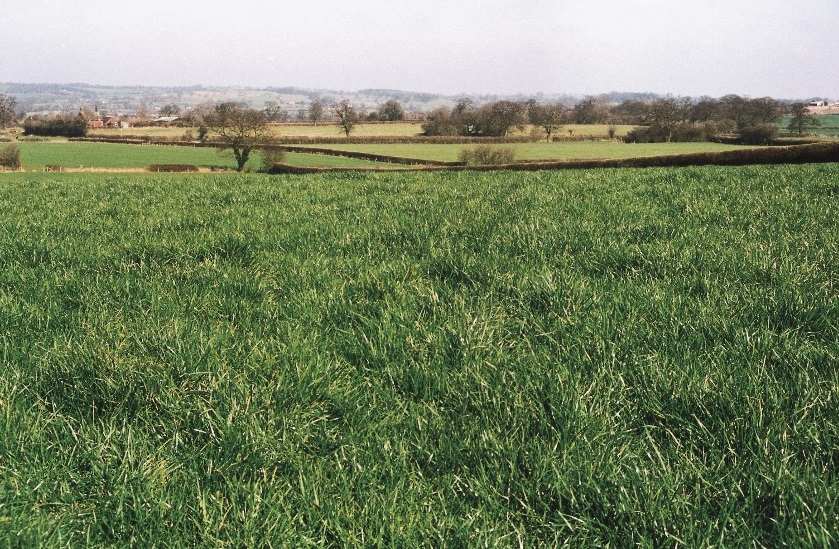- Home
- Knowledge library
- Autumn planning for rotational grazing cattle
Autumn planning for rotational grazing cattle
Welcome to the rotational grazing system series for suckler producers. This section's focus is planning.
If a rotational grazing system is being introduced in the spring, the planning must start in the previous autumn as fields need to be grazed out well and shut up with enough time to grow sufficient grass.
Fields that are going to be grazed first in the spring need to be closed off first. Allow at least four months for grass over the winter, as it may take over 30 days for each leaf to be produced during the winter.
Top tips for autumn management
- Build grass from mid-August – if you build grass covers too early, options for dealing with heavy covers (e.g. silage cut) reduce as you get into September
- Build covers by using nitrogen, while remembering that closed periods for land in Nitrate Vulnerable Zones is 15th September for manufactured fertiliser on grassland
- Reduce feed demand to help build covers by removing stock from grazing platform, e.g. cull cows, finishing cattle
- Use strip grazing for good utilisation of fields with high covers (>3,500 kg DM per ha)
- Aim to have the highest farm cover in mid-September
- Start closing paddocks in early October and do not re-graze closed paddocks
- Graze paddocks to residuals of 1,500 kg DM per ha (~4 cm)
The focus of the autumn is to gradually build average farm covers to 2,600 kg/DM/ha by mid-September.

Autumn grassland management planner
The autumn grassland management planner is a tool that subdivides the ground and you match the allocated area with stock. As the area grazed each day decreases into November, you can start to house a proportion of your livestock, therefore maximising utilisation of grass during this period.
It helps to extend the autumn grazing period and set up paddocks for the first rotation in spring (mid-February). The planner allows you to set grazing targets and make decisions such as when to start closing paddocks. This will vary depending on soil type, geographic location and grass availability. It needs to be used alongside grass measuring.
Tip: make sure that the paddocks are grazed down tight so no dead material accumulates over the winter period.
Fields to be grazed first in the spring need to be closed off first. Once the date that closing starts has been decided, e.g. dry farms – 7th October, 60% of the farm should be grazed by early November and the remaining 40% over the following two weeks (see table below). Heavier farms should close earlier in October and have 60% of the farm grazed by 20th October and the remaining 40% by mid-November.
The priority stock should be housed first and those not being finished can remain at grass.
Example
Area available for grazing (ha) : 100
Date of which last round starts : 7 October 2019
Autumn planner adapted from Teagasc
|
Area available for grazing each week this autumn |
||||
|
|
60% |
40% |
60% |
40% |
|
Date |
Date 60% is grazed |
Housing date |
4 Nov |
25 Nov |
|
Number of days |
From start to 60% date (a) |
From 60% date to housing (b) |
28 |
21 |
|
Hectares to be grazed |
(0.6 x total area) (c) |
(0.4 x total area) (d) |
60 |
40 |
|
Hectares per week |
(c / a) x 7 |
(d / c) x 7 |
15 |
13.3 |
Autumn planner showing weekly targets
|
Week ending |
Grazing area (ha) |
Actual area grazed week end |
|
|
Per week |
Grazed (total) |
||
|
End of week 1 |
15 |
15 |
|
|
End of week 2 |
15 |
30 |
|
|
End of week 3 |
15 |
45 |
|
|
End of week 4 |
15 |
60 |
|
|
End of week 5 |
13.3 |
73.3 |
|
|
End of week 6 |
13.3 |
86.7 |
|
|
End of week 7 |
13.3 – Housed |
100 |
|


